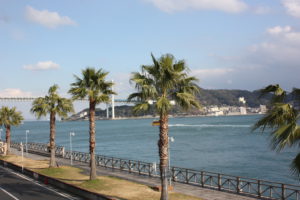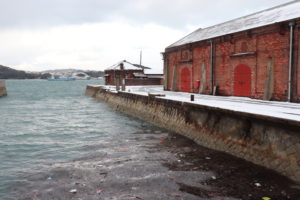Onsen resorts in Aso
Aso possesses the world’s largest Caldera with 18km west-east and 24 km north-south,
created by 4 times of explosive volcanic activity in the ancient time, 3 million years ago.
Surrounding the caldera is the world’s largest outer mountain, and there are 5 mountains.
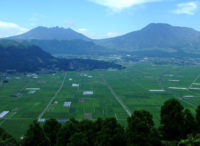 |
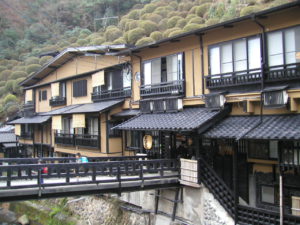 |
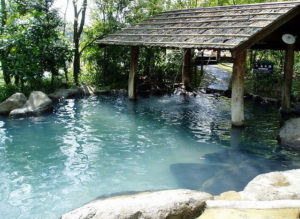 |
There are many Onsen resorts where are located mountain foot of outer mountain.
Onsen resorts are;
Takamori, Minami-Aso, Tarutama, Toshinoki, Akamizu, Uchionomaki, and Kurokawa
Kawachi Wisteria Garden, in Kitakyushu-city
Kawachi Wisteria Garden is a private garden at the Mountain foot of Sarakura in
Kitakyushu-city and famous for its spectacularly presented, large numbers of wisteria flowers. The garden is opened to the public seasonally
during the wisteria season which usually peaks around late April to middle of May.
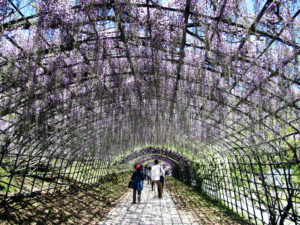 |
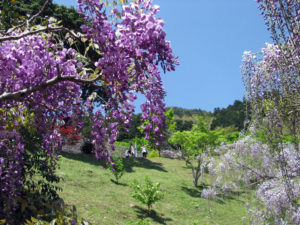 |
 |
The garden’s most prominent features are two, roughly 100 meter long tunnels made of wisteria
trees of differing varieties and colors, ranging from white to dark purple.
Yame Central Tea Plantation, in Yame
The country of Green Tea, Yame. The Green Tea grown in Yame is one of the highest grade
of tea throughout Japan. This is the large Tea plantation spreading on a gently sloping hilly
area, about 70 ha.
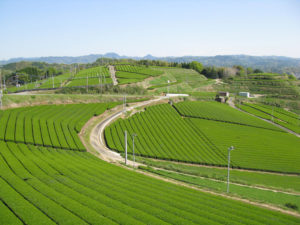 |
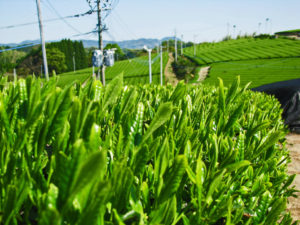 |
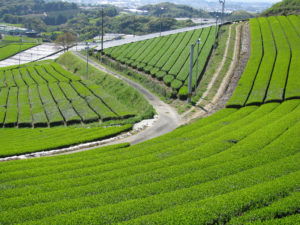 |
There is an observatory at the top of hill, Ariake bay as well as Shimabara Peninsula in
Nagasaki-prefecture can be seen on sunny days.
Hokohara martyrdom place in Omura
This is a place related to the Kori-kuzure incident in Omura in 1657 in which
a large number of hidden Christians were arrested.
As many as 608 Christians were arrested, making it a rare and major incident
in the history of Christian oppression.
411 Christians were beheaded, and 131 of them were martyred at Hokohara
martyrdom place.
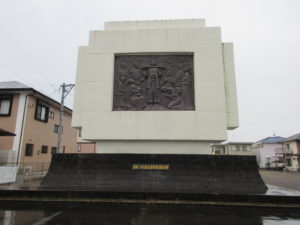 |
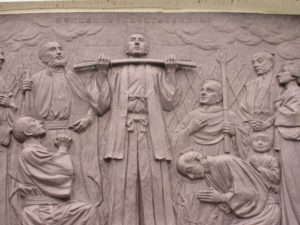 |
 |
As a result of this incident, the Omura domain began implementing even stricter
policies prohibiting Christianity.
The believers have erected the monument to commemorate the martyrdom
at this location.
26 Saints Pilgrimage route on January 29 in 1597
The route of this day was from Akama in Munakata to Wajiro, the distance
was 21 km.
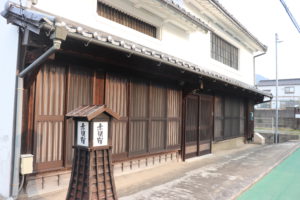 |
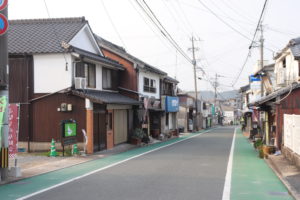 |
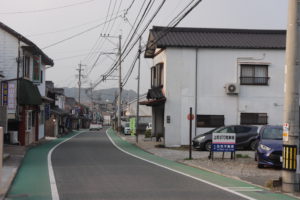 |
Started at Akama accommodation and using Karatsu walking road, they went to
Wajiro passing through Koga and Shingu.
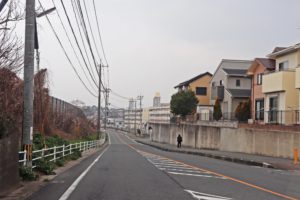 |
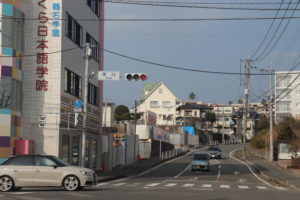 |
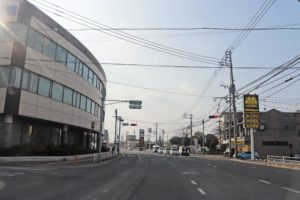 |
Accommodation was Wajiro where faced Hakata bay, in order to cross from
Saitozaki to Shikanoshima the next day.
Okawachiyama porcelain district, in Imari
Imari is most notable because of Imari porcelain which has 400 years history.
The city borders Arita to the south and embraces the natural port of Imari Bay.
The porcelain was exported from the port of Imari specifically for the European
export trade.
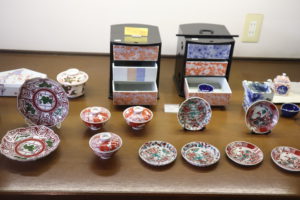 |
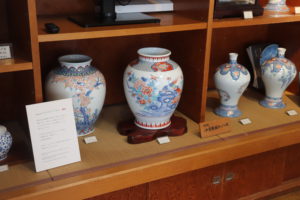 |
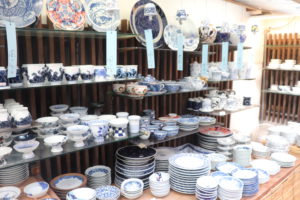 |
Okawachiyama porcelain district
Originally, an owner of the Imari porcelain was Nabeshima clan, in order to develop
and protect its outstanding technique, he gathered skilled artisans and painters in
Okawachiyama district. Now. about 30 potteries are manufacturing Imari porcelain.
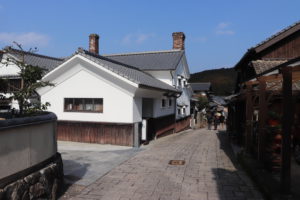 |
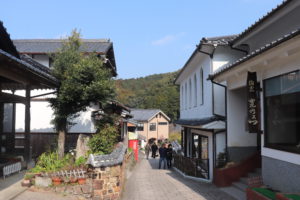 |
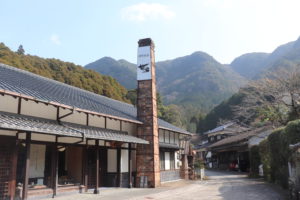 |
Starbucks at Dazaifu Shrine approach path
Coffee break under the traditional atmosphere. The restaurant was designed by renown
architecture designer Kengo Kuma in 2011. The concept of the design is Harmony of
Modern and traditional by natural material; 2000 cedar timber is assembled in a traditional
wood structure without using nails. Enjoy the luxurious time in the warmth of wood and the
scent of coffee.
 |
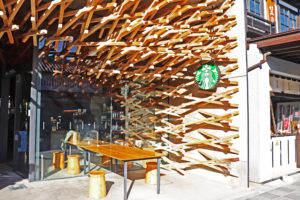 |
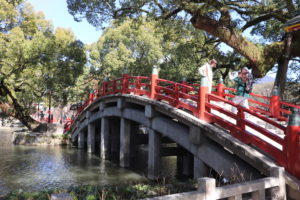 |
26 Saints Pilgrimage route on January 28 in 1597
The route of this day was from Kokura in Kitakyushu to Akama in Munakata via Koyanose ,
the distance was 34.5 km.
Started at Kokura accommodation around Kokura Castle, and walked to Tobata port
along the Kanmon Strait.
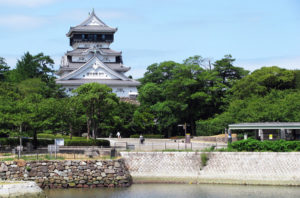 |
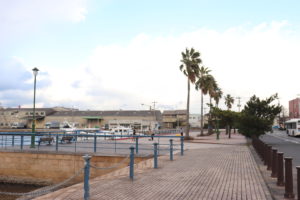 |
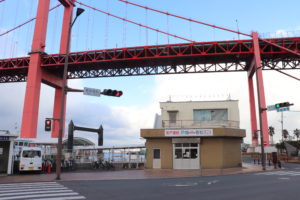 |
Transfered to Wakamatsu from Tobata by a boat.
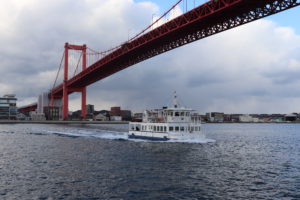 |
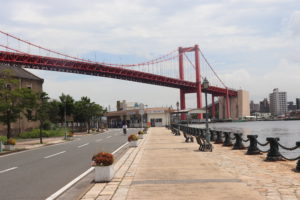 |
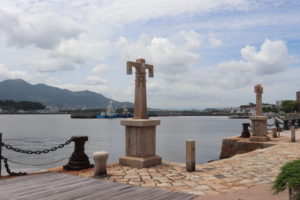 |
Walked to Akama through Ashiya and Koyanose, and then stayed at Akama.
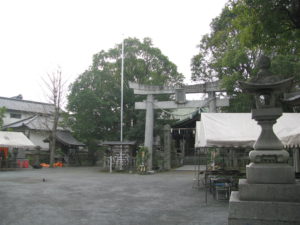 |
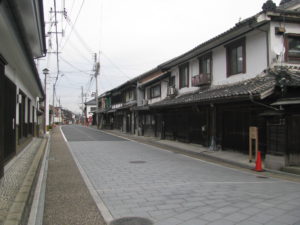 |
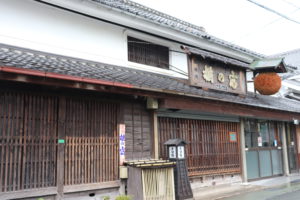 |
26 Saints Pilgrimage route on January 30 in 1597
The route of this day was from Wajiro to Shikano-shima Island, the distance
was 18 km walk.
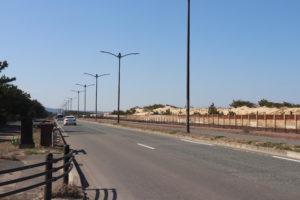 |
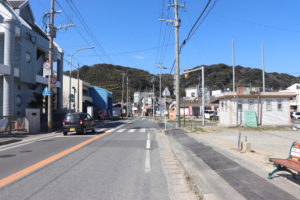 |
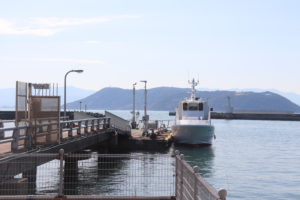 |
Started at Wajiro accommodation and walked through Gannosu to Saitozaki.
When the tide was low, they walked across to Shikano-shima Island, where
the boat port was located.
Stayed on the boat.
26 Saints Pilgrimage route on January 27 in 1597
There were 24 martyrs when they started Kyoto, but two more martyrs were added in
Shimonoseki, then became 26 martyrs in total.
The route of this day was from Karato in Shimonoseki to Kokura in Kitakyushu.
Rode on the boat at Karato, and transfer to Dairi in Kitakyushu
|
Karato |
Kanmon Strait |
Dairi |
They landed at Dairi and walked 6 km along the coastline of Kanmon Strait to Kokura,
where was the place to stay.
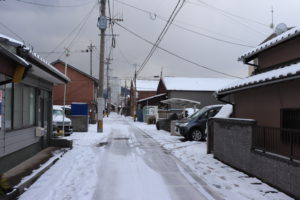 |
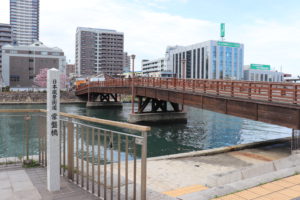 |
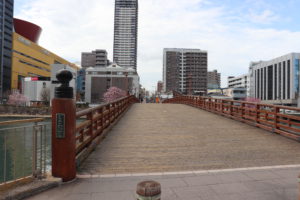 |
It is said that they stayed around Kokura Castle.
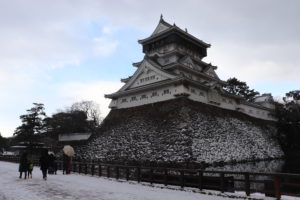 |
 |
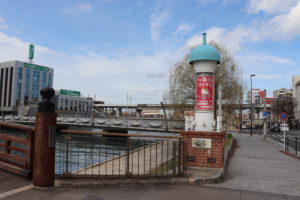 |

